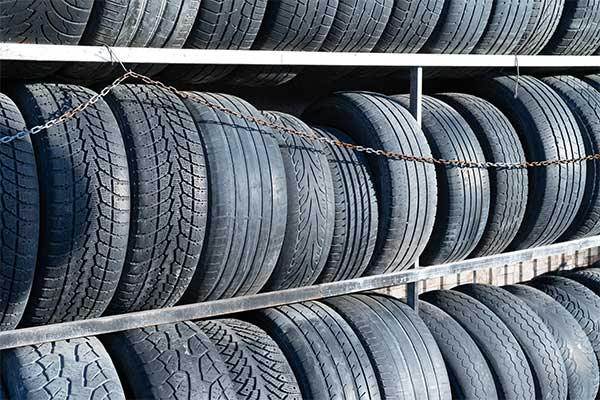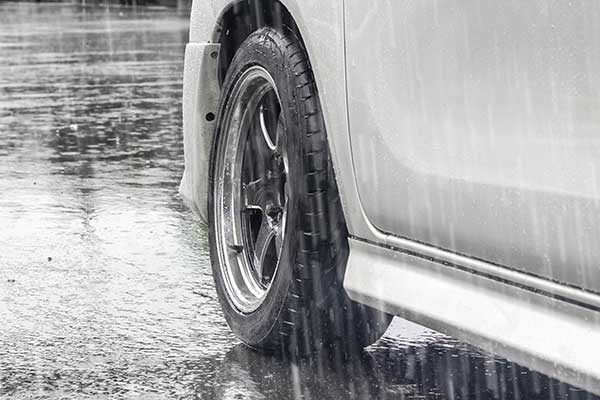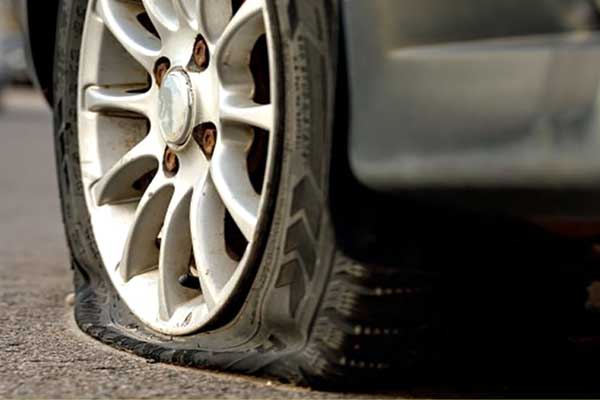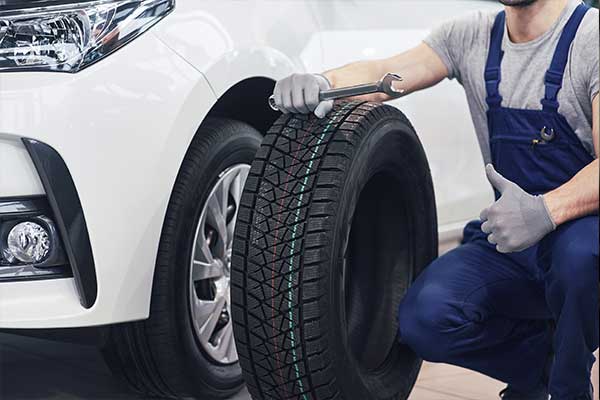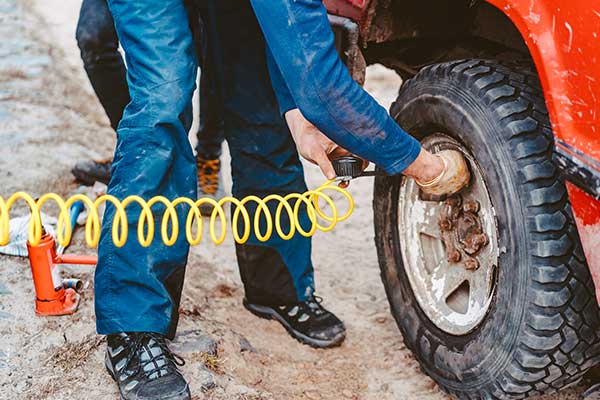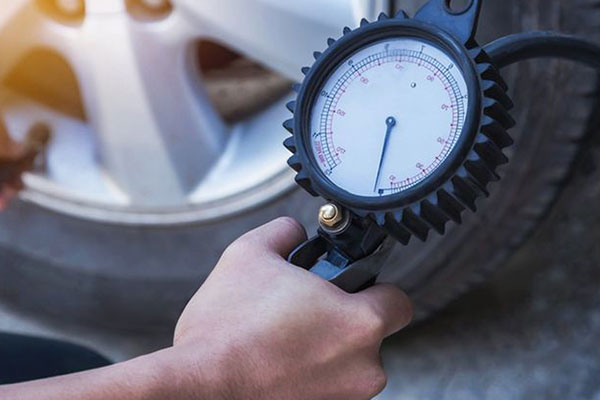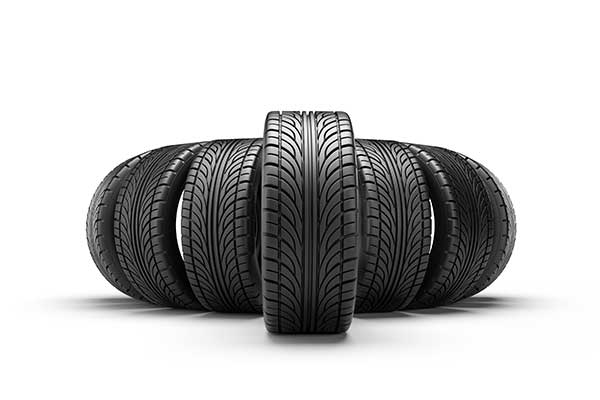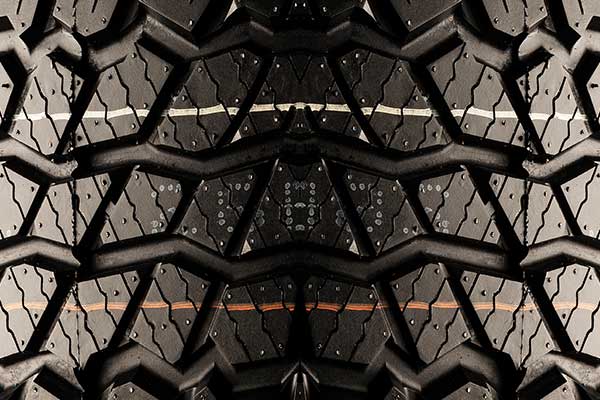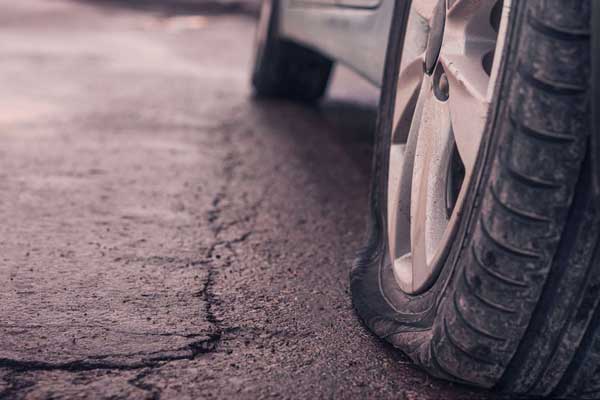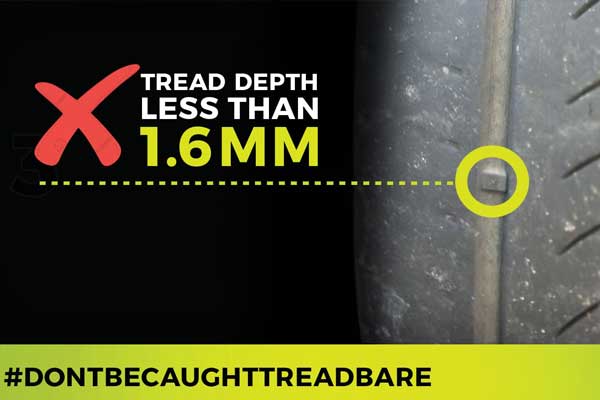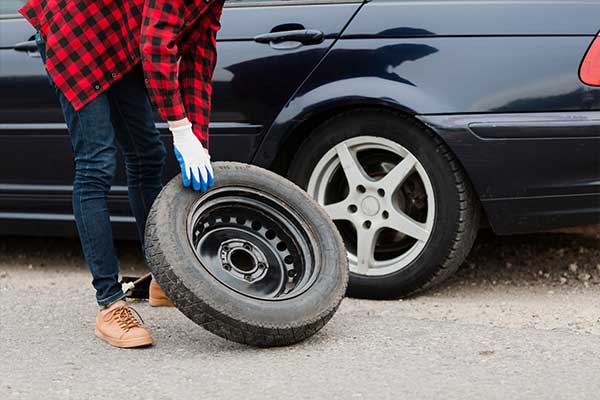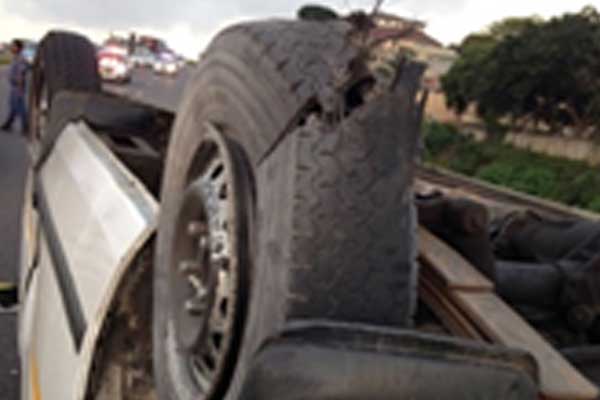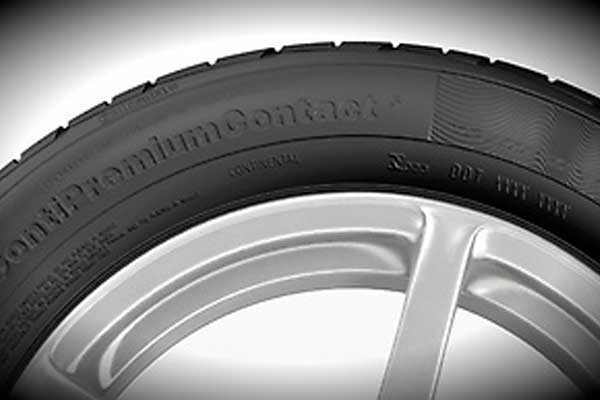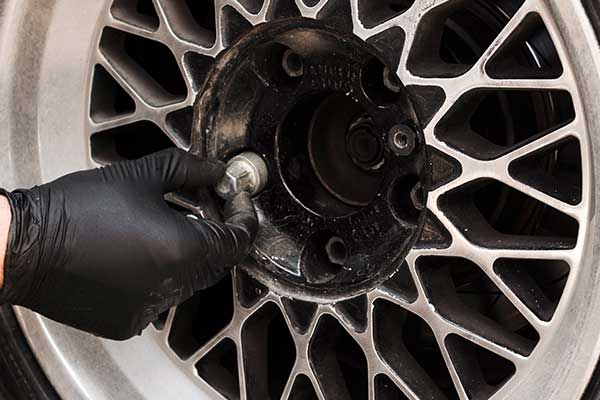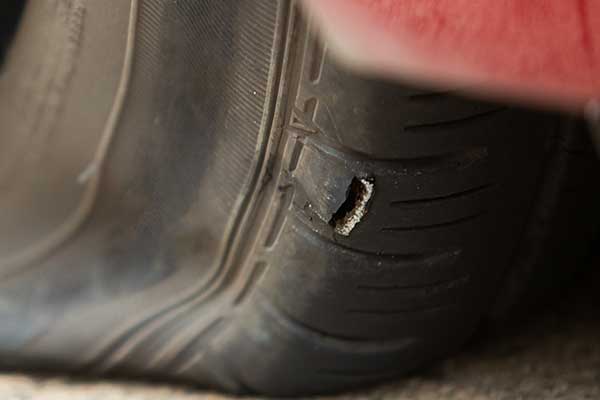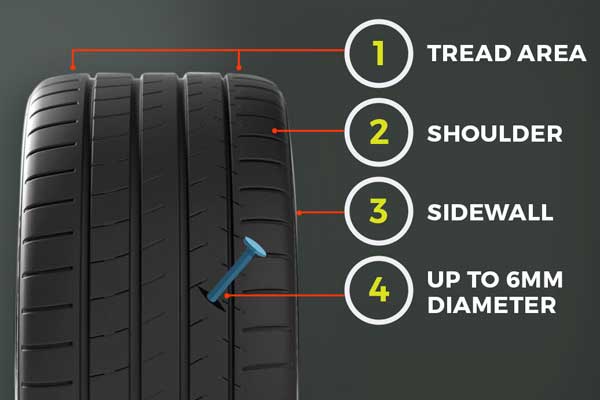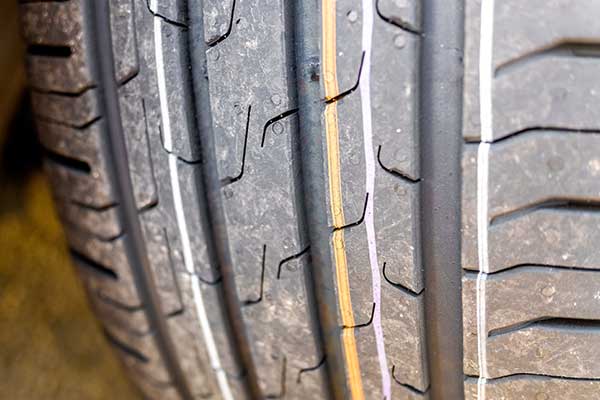Tyre Tips
Need new tyres, here is a guide to check your tyre size:
The size of a tyre is printed onto the side of the tyre/sidewall.
In the below example, each section breaks down as follows:
- 205 - Width of the tyre in millimetres
- 55 - Height of the tyre sidewall as a percentage of the width. In this case 55%.
- R16 - The diameter of the tyre's inner rim in inches
- 91 - Load Rating of the Tyre.
- V - Speed Rating. Indicates the maximum speed for the tyre when at full load
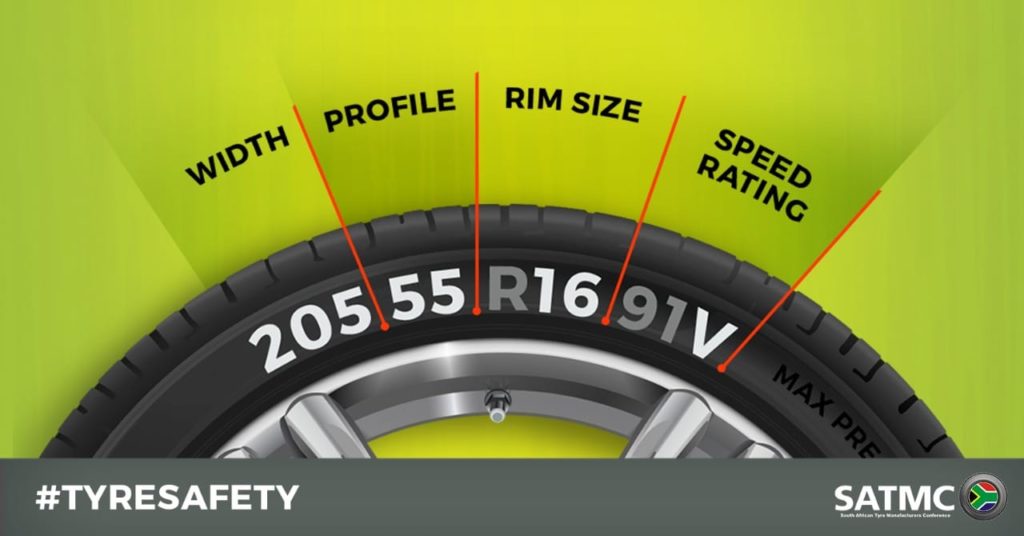
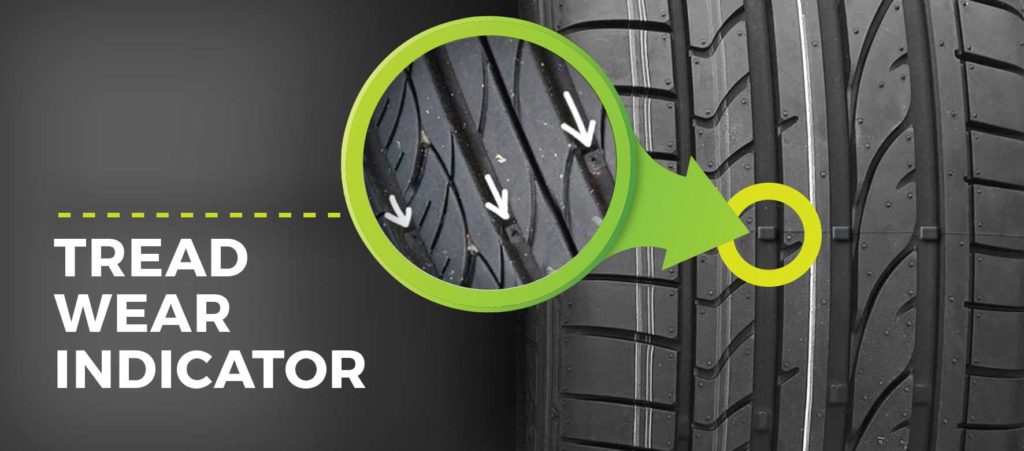
Tyre Safety in 3 Easy Steps
More tread means more grip in the wet. It’s as simple as that. Check your tread depth regularly either with a dedicated tread gauge or using the built-in tread wear indicator on your tyres. The legal requirement is that the tread grooves retain a certain minimum depth, when measured at Tread Wear Indicator (TWI), located around the circumference of the tyre. In European countries for summer passenger tyres, the figure is 1.6 mm while in several countries for certain winter models the reference is 4 mm.

